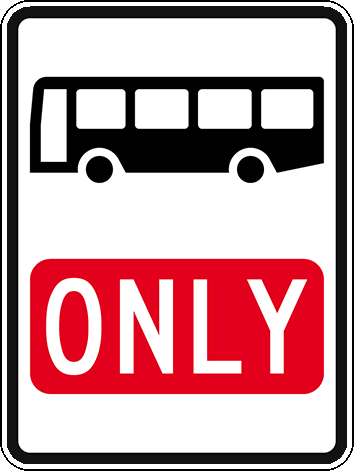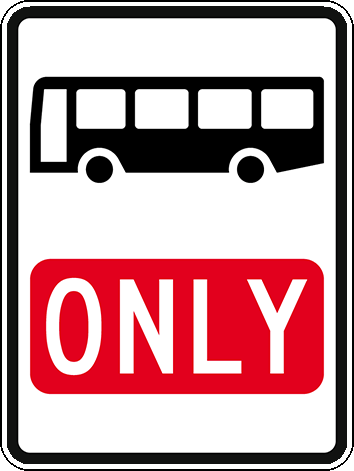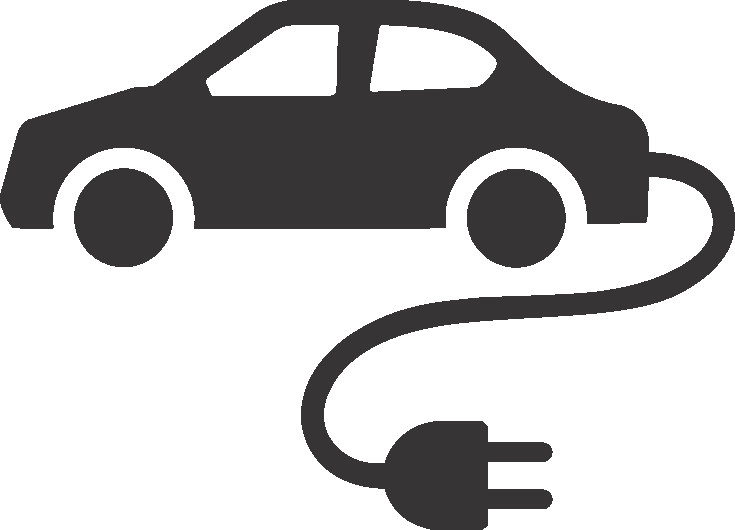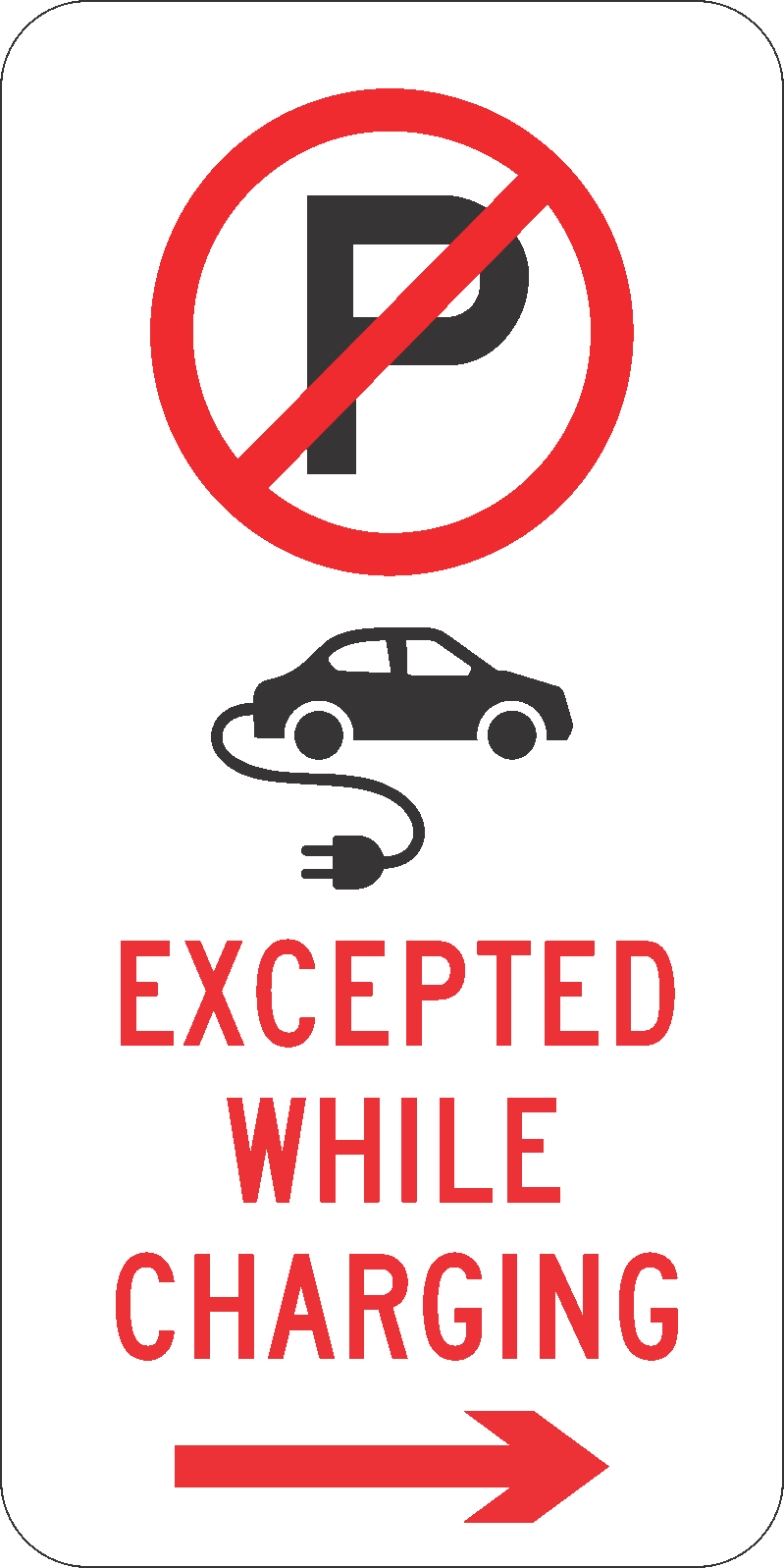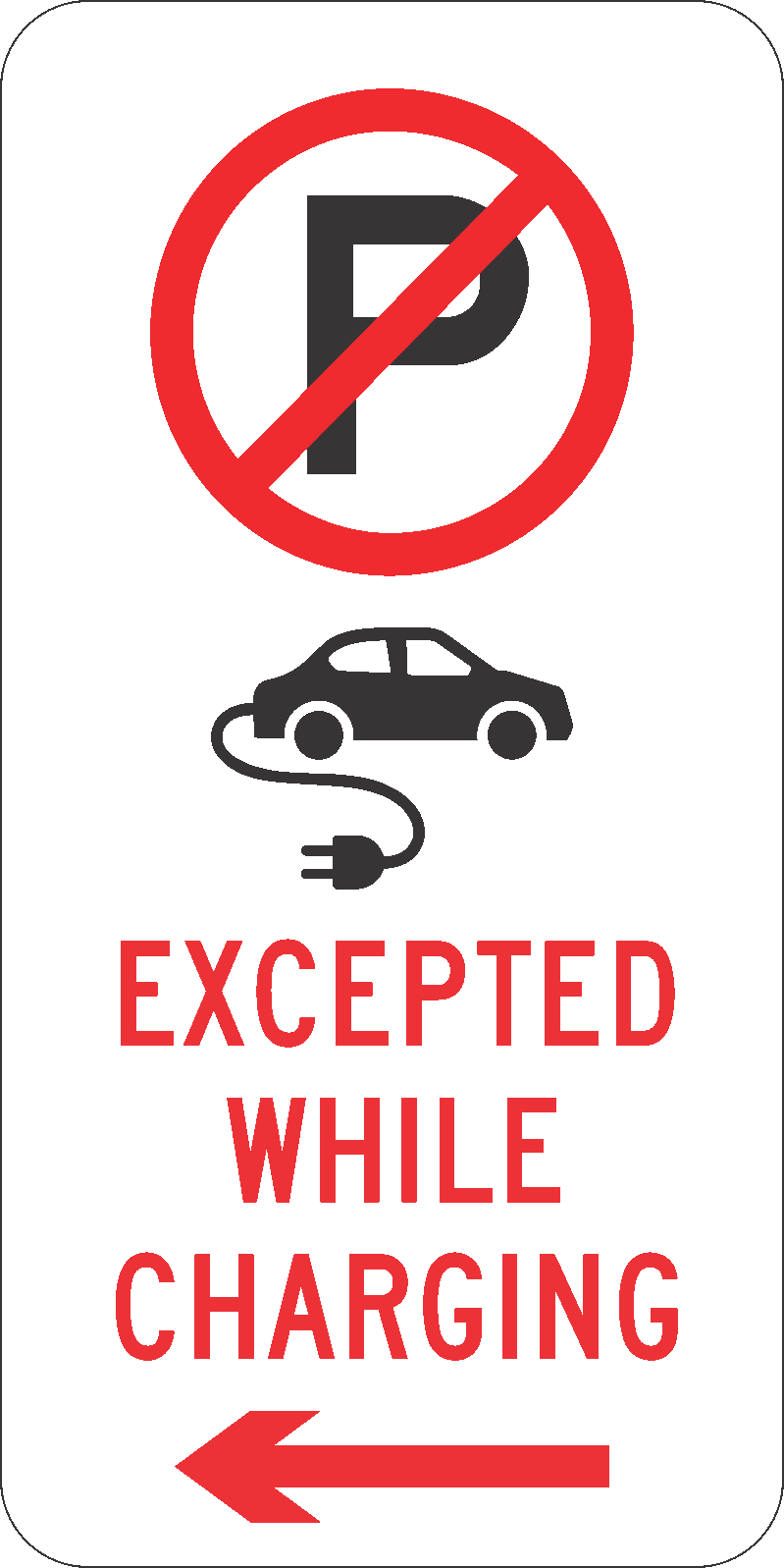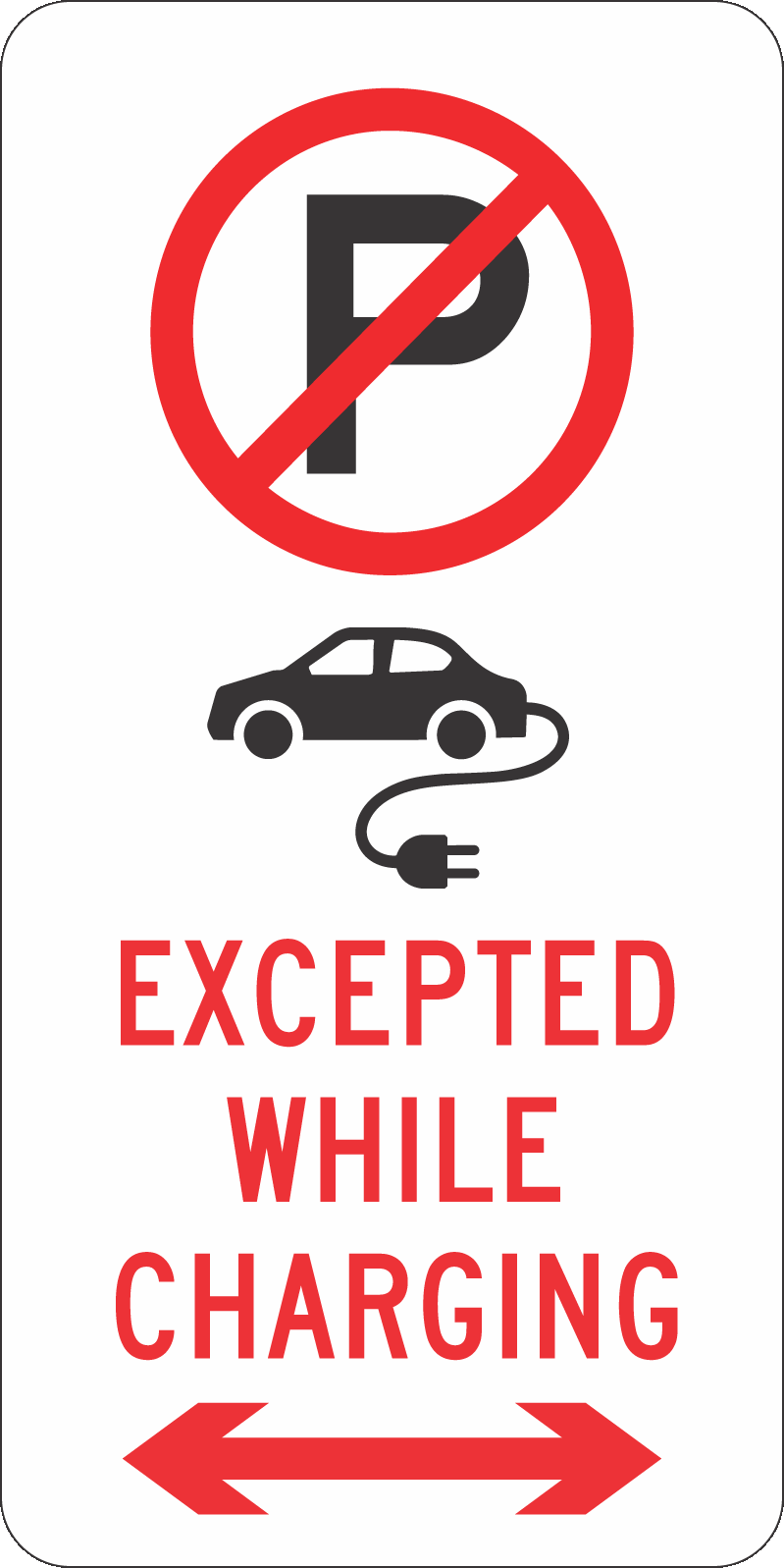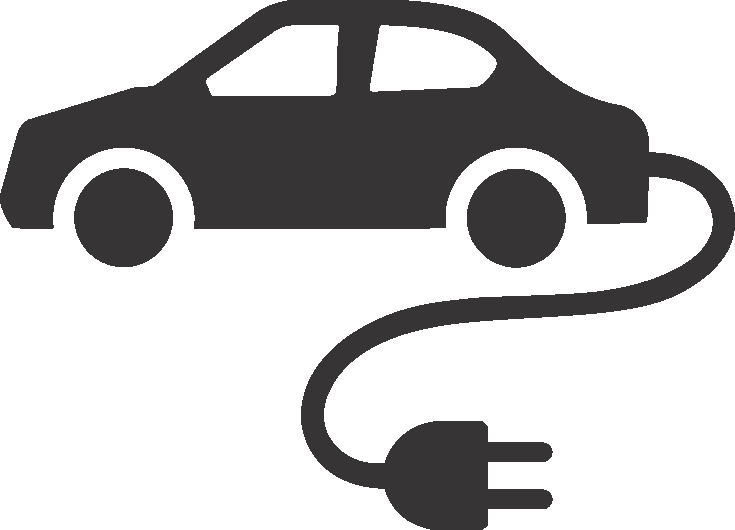This regulation may be cited as the Transport and Other Legislation Amendment Regulation 2022.
Parts 2 to 5 commence on 4 February 2022.
Part 2 Amendment of State Penalties Enforcement Regulation 2014
This part amends the State Penalties Enforcement Regulation 2014.
4Amendment of sch 1 (Infringement notice offences and fines for nominated laws)
(1)Schedule 1, entry for Traffic Regulation 1962, entries for section 125(2) and 125(3)—
omit.(2)Schedule 1, entry for Transport Operations (Road Use Management—Road Rules) Regulation 2009—
insert—
s 43
4/5
s 43A
4/5
s 154A(1)
1
s 154A(3)
1
s 154A(5)
1
s 187(3)
2/5
s 203C(1)
2/5
s 300E
2/5
Part 3 Amendment of Traffic Regulation 1962
This part amends the Traffic Regulation 1962.
6Omission of s 125 (Funeral processions)
Section 125—
omit.
After section 219—
insert—220Existing directions for funeral processions
(1)This section applies in relation to a direction given under repealed section 125 that was in effect immediately before the commencement.(2)Despite the repeal of section 125 by the Transport and Other Legislation Amendment Regulation 2022, until the end of the day on 28 February 2022—(a)the direction continues in effect; and(b)repealed section 125(2) continues in force in relation to the direction.
Part 4 Amendment of Transport Operations (Road Use Management—Driver Licensing) Regulation 2021
This part amends the Transport Operations (Road Use Management—Driver Licensing) Regulation 2021.
9Amendment of sch 5, s 43 (Improper turns)
Schedule 5, section 43—
insert—(g)section 43;(h)section 43A.
Part 5 Amendment of Transport Operations (Road Use Management—Road Rules) Regulation 2009
This part amends the Transport Operations (Road Use Management—Road Rules) Regulation 2009.
11Amendment of s 5 (Compliance with standards)
Section 5(1)(c), example—
omit, insert—‘UN ECE 22’ is a reference to the standard that is in force under that designation at the relevant time, including, for example, UN ECE 22.06.
12Amendment of s 28 (Starting a left turn from a multi-lane road)
Section 28(1)—
insert—(d) the lane is a bus only lane.
13Amendment of s 32 (Starting a right turn from a multi-lane road)
Section 32(1)—
insert—(d) the lane is a bus only lane.
14Insertion of new ss 43 and 43A
After section 42—
insert—43Making a U-turn at particular crossings
A driver must not make a U-turn at any of the following crossings, with or without traffic lights, unless there is a U-turn permitted sign at the crossing—(a)a children’s crossing;(b)a level crossing;(c)a marked foot crossing;(d)a pedestrian crossing.Maximum penalty—20 penalty units.
43AMaking a U-turn on a road-related area with traffic lights
A driver must not make a U-turn at a place with traffic lights where a road and road-related area intersect unless there is a U-turn permitted sign at the place.Maximum penalty—20 penalty units.
15Amendment of s 44 (Division does not apply to entering or leaving a roundabout or lane filtering)
(1)Section 44, heading, ‘or lane filtering’—
omit, insert—, lane filtering or repositioning
(2)Section 44—
insert—(c)the rider of a motorbike while repositioning the motorbike within the same lane in order to avoid a hazard or reduce the risk of a crash.
16Amendment of s 154 (Bus lanes)
Section 154(3)(c)—
omit.
After section 154—
insert—(1)A driver must not drive in a bus only lane, unless the driver is—(a)a person permitted to drive on a busway under the Transport Infrastructure Act 1994, section 336; or(b)permitted to drive in the bus only lane under subsection (2).Maximum penalty—20 penalty units.
(2)A driver may drive in a bus only lane if—(a)it is necessary for the driver to drive in the bus only lane to avoid an obstruction; and(b)the driver does not obstruct the path of a bus travelling in the bus only lane; and(c)if the driver is approaching the bus only lane from the same direction as vehicles travelling in the bus only lane—the driver approaches the bus only lane from the lane nearest to the bus only lane; and(d)the driver gives way to any vehicle travelling in the bus only lane.(3)A driver must not drive across a bus only lane, unless the driver is permitted to drive across the bus only lane under subsection (4).Maximum penalty—20 penalty units.
(4)A driver may drive across a bus only lane only if—(a)the driver is driving across the bus only lane to—(i)enter or leave a road; or(ii)enter a part of the road of 1 kind from a part of the road of another kind, including, for example, moving to or from a service road, the shoulder of the road or an emergency stopping lane; and(b)if the driver is approaching the bus only lane from the same direction as vehicles travelling in the bus only lane—the driver approaches the bus only lane from the lane nearest to the bus only lane; and(c)the driver gives way to any vehicle travelling in the bus only lane.(5)A driver turning at an intersection immediately after a bus only lane must give way to any vehicle travelling in the bus only lane.Maximum penalty—20 penalty units.
(6)A bus only lane is a marked lane or the part of a marked lane—(a)beginning at a bus only lane sign (whether or not there is also a bus only lane road marking) and ending at the nearest of the following—(i)an end bus only lane sign;(ii)a traffic sign that indicates the beginning of a special purpose lane;(iii)a traffic sign that indicates drivers of vehicles may drive in the lane beyond the sign;(iv)an intersection with traffic lights or traffic arrows; or(b)beginning at a bus only lane road marking (if there is no bus only lane sign) and ending at the next intersection; or(c)that is marked with a continuous line starting at the beginning of a bus only lane road marking and ending at an end bus only lane road marking.(7)In this section—bus only lane road marking means a road marking consisting of the words ‘bus only’.end bus only lane road marking means a road marking consisting of the words ‘end bus only’.
18Amendment of s 187 (Stopping in a bus lane, tram lane, tramway, transit lane, truck lane or on tram tracks)
(1)Section 187, heading, after ‘bus lane’—
insert—, bus only lane
(2)Section 187—
insert—(3)A driver must not stop in a bus only lane unless the driver—(a)is driving a bus and is dropping off, or picking up, passengers; and(b)is permitted to drive in the bus only lane under this regulation.Maximum penalty—20 penalty units.
19Insertion of new ss 203B and 203C
After section 203A—
insert—203C Stopping in a parking area for the charging of electric-powered vehicles
(1)A driver must not stop in a parking area for the charging of an electric-powered vehicle unless—(a)the driver’s vehicle is an electric-powered vehicle; and(b)the electric-powered vehicle—(i)is plugged in to an external source of electricity; or(ii)is being plugged in to an external source of electricity; or(iii)has just been unplugged from an external source of electricity.Maximum penalty—20 penalty units.
(2)A parking area for the charging of an electric-powered vehicle is a length or area of a road—(a)to which a permissive parking sign displaying an electric-powered vehicle symbol applies; or(b)to which an electric-powered vehicle charging parking sign applies; or(c)indicated by a road marking that consists of, or includes, an electric-powered vehicle symbol.Electric-powered vehicle symbol
(3)An electric-powered vehicle is a vehicle that—(a)is powered by 1 or more electric motors or traction motors, regardless of whether the vehicle is also powered by another form of propulsion; and(b)can be recharged from an external source of electricity.
20Amendment of s 270 (Wearing motorbike helmets)
Section 270(3), definition approved motorbike helmet, paragraph (a)—
omit, insert—(a)complies with—(i)AS 1698 or AS/NZS 1698; or(ii)for a helmet manufactured after UN ECE 22.05 came into force—UN ECE 22; or(iii)another standard the chief executive considers is at least equal to a standard mentioned in subparagraph (i) or (ii); and
After section 300D—
insert—300E Interfering with or interrupting funeral procession
A driver must not, without a reasonable excuse, interfere with, or interrupt, the free passage along any length of road of—(a)any funeral procession; or(b)any vehicle or person apparently forming part of the procession.Maximum penalty—20 penalty units.
22Amendment of sch 2 (Standard or commonly used traffic signs)
Schedule 2—
insert—
23Amendment of sch 3 (Other permitted traffic signs)
(1)Schedule 3, all diagrams relating to section 154—
omit.(2)Schedule 3—
insert—
Bus only lane sign
(section 154A)
Bus lane sign
(section 154)
Bus only lane sign
(section 154A)
Bus lane sign
(section 154)
Bus only lane sign
(section 154A)
Bus lane sign
(section 154)
Bus lane sign
(section 154)
Bus lane sign
(section 154)
End bus only lane sign
(section 154A)
End bus lane sign
(section 154)
End bus only lane sign
(section 154A)
24Amendment of sch 4 (Symbols and traffic-related items)
Schedule 4—
insert—Electric-powered vehicle symbol
(section 203C)
25Amendment of sch 5 (Dictionary)
Schedule 5—
insert—bus only lane see section 154A(6).electric-powered vehicle see section 203C(3).
Part 6 Amendment of Transport Planning and Coordination Regulation 2017
This part amends the Transport Planning and Coordination Regulation 2017.
After part 2—
insert—In this part—authorised person means an individual, or a member of a class of individuals, who—(a)is—(i)a SPER official; or(ii)a service contractor; or(iii)employed or otherwise engaged by a service contractor that is not an individual; or(iv)a service subcontractor; or(v)employed or otherwise engaged by a service subcontractor that is not an individual; and(b)is authorised in writing by the chief executive to directly access a transport information database.service contractor see the State Penalties Enforcement Act 1999, section 10A(1).service subcontractor see the State Penalties Enforcement Act 1999, section 10B(1).SPER means the State Penalties Enforcement Registry established under the State Penalties Enforcement Act 1999, part 2.SPER official means—(a)the registrar of SPER under the State Penalties Enforcement Act 1999, section 10(1); or(b)another member of the staff of SPER; or(c)an enforcement officer under the State Penalties Enforcement Act 1999.10Operation and application of part
(1)This part authorises the disclosure and use of particular information for each of the following provisions—(a)the Heavy Vehicle National Law (Queensland), section 727(1), definition authorised use, paragraph (k);(b)the Photo Identification Card Act 2008, section 46(2)(b)(i);(c)the Tow Truck Act 1973, section 36C(2)(b)(i);(d)the Transport Infrastructure Act 1994, section 104(2)(b)(i) or section 105ZN(2)(b)(i);(e)the Transport Operations (Marine Safety) Act 1994, section 205AC(2)(b)(i);(f)the Transport Operations (Passenger Transport) Act 1994, section 148C(2)(b)(i);(g)the Transport Operations (Road Use Management) Act 1995, section 143(2)(b)(i);(h)the Transport Planning and Coordination Act 1994, section 36GA(2)(b)(i).(2)This part applies to the extent the disclosure or use of the information is not already required or permitted under a transport Act or another law.(3)This part is specified for the Heavy Vehicle National Law (Queensland), section 727(1), definition relevant law.10ADisclosure and use of particular information
(1)The chief executive may disclose information in a transport information database to an authorised person to enable the person to use the information to perform a function under the State Penalties Enforcement Act 1999.(2)The authorised person may use the information to perform a function under the State Penalties Enforcement Act 1999.(3)Without limiting subsection (1), the chief executive may disclose the information to the authorised person by allowing the person to directly access the transport information database.(4)The chief executive may disclose the information to the authorised person on the conditions the chief executive considers appropriate.10BRestriction on use of information
(1)This section applies to an authorised person to whom information is disclosed by the chief executive under section 10A.(2)The authorised person must not use the information—(a)other than for performing a function under the State Penalties Enforcement Act 1999; or(b)in contravention of a condition imposed by the chief executive under section 10A(4).Maximum penalty—20 penalty units.
28Amendment of sch 1 (Dictionary)
Schedule 1—
insert—authorised person, for part 2A, see section 9.service contractor, for part 2A, see section 9.service subcontractor, for part 2A, see section 9.SPER, for part 2A, see section 9.SPER official, for part 2A, see section 9.





